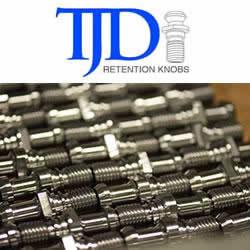Virtual Reality? How about "Virtual before Reality"
How to Ensure Your Electrical Safety Program is Driving Compliance in 2019
The Impact of Robotics in Fluid Dispense Applications in Manufacturing
3D Printing A Game-Changer For Car Makers
How Will Bio-Based Products Affect the Manufacturing Industry?
ExOne Licenses Method of 3D Printing Lightweight Ceramic-Metal from Oak Ridge National Laboratory
The Airbnb of Auto Manufacturing
Factory Automation Streamlines Production and Improves Profit Margin
5 Ways Carbide Metal Compound is Used in the Manufacturing Industry
The Anatomy of a Great Association
Diode Lasers in CNC and 3D Printing
Streamlining and Integrating Manufacturing Execution Systems and Operations Management (MES/MOM)
The Role of Hardware in IIoT Deployment
Resource Optimization Software
Rittal Automation Handbook Identifies Areas of Improvement and Efficiency
Records 1441 to 1455 of 2864
First | Previous | Next | Last
Featured Product

